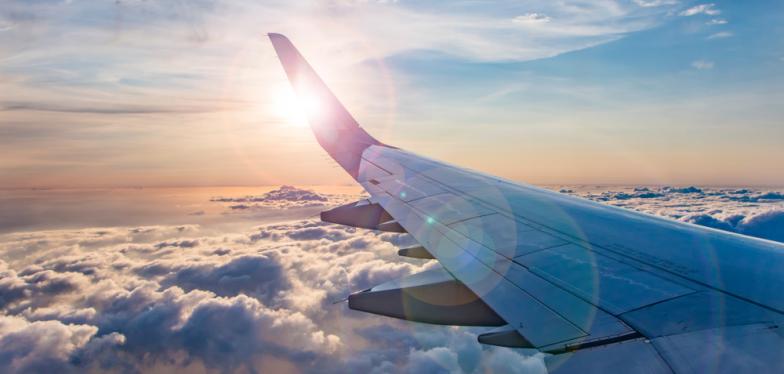More environmentally friendly aircraft wings thanks to Sonaca
Pollutant emissions from aviation can and must be reduced further. This is what Sonaca in Charleroi, Wallonia, which specialises in the construction of aircraft wings, is working on.

There has been a lot of talk in the aviation sector lately about electric and hybrid propulsion, biofuels and, more recently, hydrogen as a means to reduce the environmental footprint. These are all disruptive technologies and it is not yet known which option will be chosen. In the relatively short term, hydraulics and mechanics will gradually give way to electricity for a lot of systems and equipment, such as control systems, air pressure regulation/pressurisation and de-icing. The result will be a simpler, lighter and more reliable architecture for, to use the jargon, the slats and flaps, among other things.
Sonaca has made great strides in the electrical de-icing of leading edges. For the time being, this is still being done through hot air from the engine. But by 2023, it will be able to provide electrical resistance encapsulated in composite slats, resulting in considerable savings in mass and maintenance. Composite materials are not new in aviation, by the way. But at the moment, aircraft continue to fly with highly conductive metal slats, due to bird strikes. Aircraft manufacturers will have to completely rethink their new generation of aircraft to make them suitable for electric de-icing.
In any case, it seems that Sonaca is set to take off again.